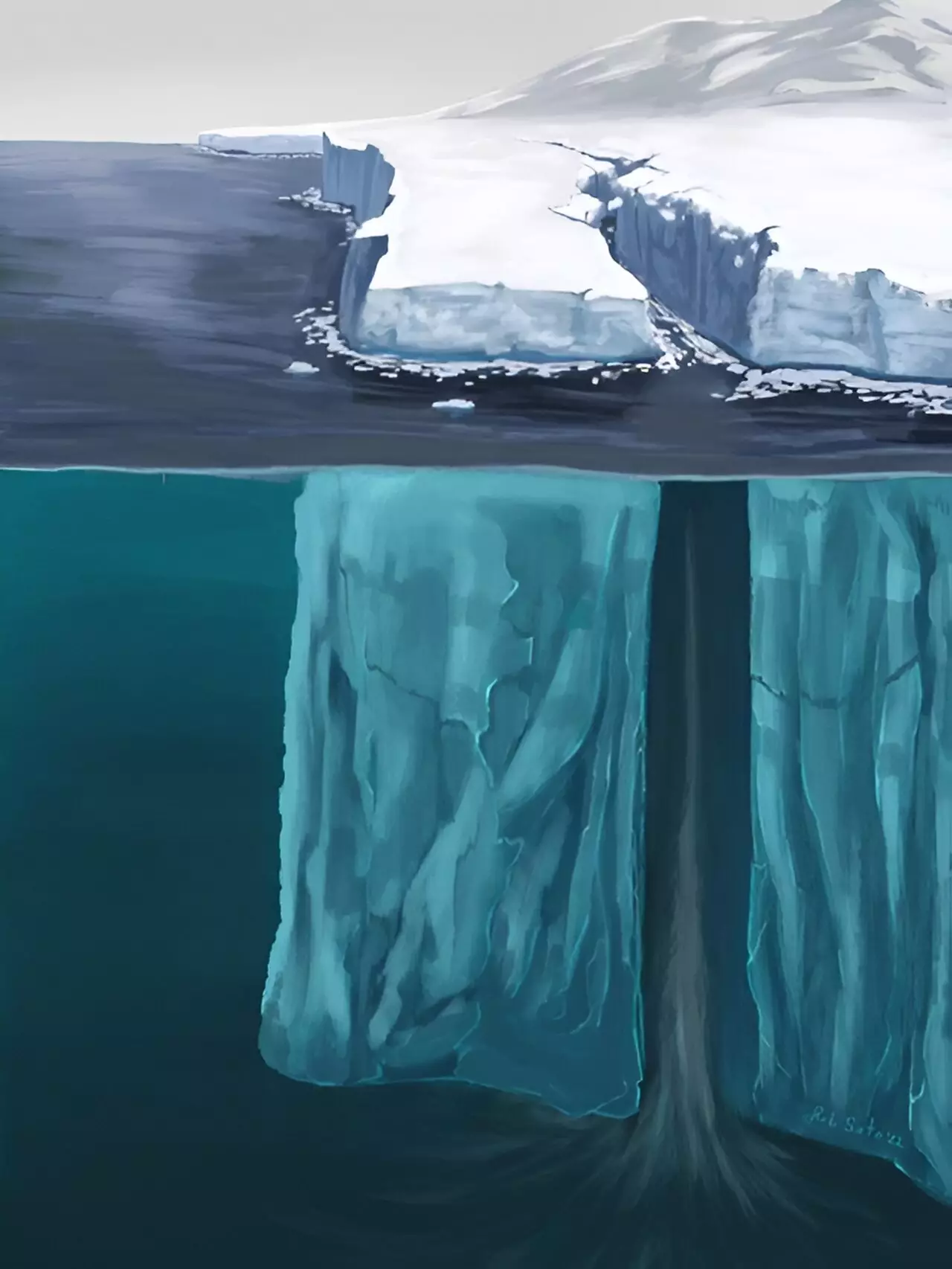One of the biggest unknowns in predicting the future of rising sea levels is the behavior of glaciers in Greenland and Antarctica. The amount of water frozen in these glaciers is enough to significantly raise global sea levels if they were to melt. Understanding the physics behind glacier fractures is crucial in determining how warmer oceans might accelerate the process of glacier breakage.
A recent study conducted by University of Washington researchers focused on the Pine Island Glacier in Antarctica, which is a retreating ice shelf holding back the larger West Antarctic ice sheet. The study revealed a 6.5-mile crack that formed in 2012 on the glacier in approximately five and a half minutes. This rapid rift-opening event, occurring at a speed of about 115 feet per second, or 80 miles per hour, is believed to be the fastest-known large-scale breakage observed to date.
Rifts in ice shelves serve as precursors to calving events where large chunks of ice break off the glacier and fall into the ocean. The stability of ice shelves plays a crucial role in preventing the acceleration of glacier ice behind them. The process of rifting is essential in understanding how Antarctic ice shelves calve large icebergs.
While satellite images provide valuable observations of rifts in glaciers, the limited frequency of satellite passes over Antarctica poses challenges in monitoring rapid events like rift formation. In a fast-evolving landscape such as the Pine Island Glacier, understanding the dynamics of rifts is essential, especially given concerns that the West Antarctic Ice Sheet may have reached a tipping point in its collapse.
Combining Tools for Investigation
The researchers in the study utilized a combination of seismic data and radar observations to gain insights into the formation of the rift on the Pine Island Glacier. By understanding the behavior of glacier ice on short and long timescales, the researchers aimed to determine whether rift formation resembled glass breaking or a viscous liquid being pulled apart.
One of the key findings of the study was the significant role of seawater in holding open the space created by rifts against the inward forces of the glacier. The viscosity, surface tension, and mass of seawater contribute to slowing down the spread of rifts by filling the opening crack gradually. This understanding is crucial in improving large-scale ice sheet models and projections of future sea-level rise.
The study sheds light on the complex interplay of factors involved in glacier fracture physics and the potential impact on rising sea levels. By unraveling the mechanisms behind rift formation and calving events, researchers can enhance their understanding of the stability of ice shelves and improve projections of future climate change impacts on glaciers and sea levels.



Leave a Reply